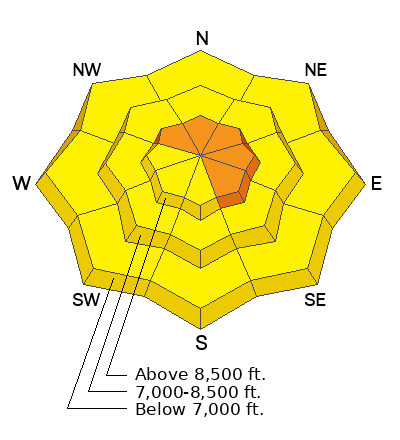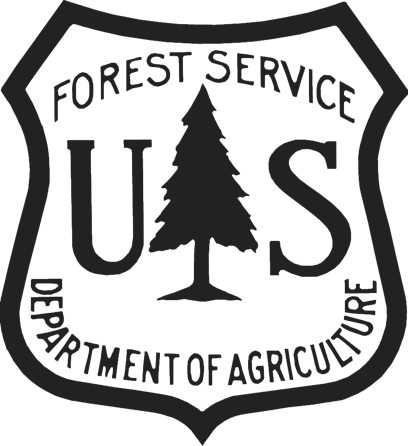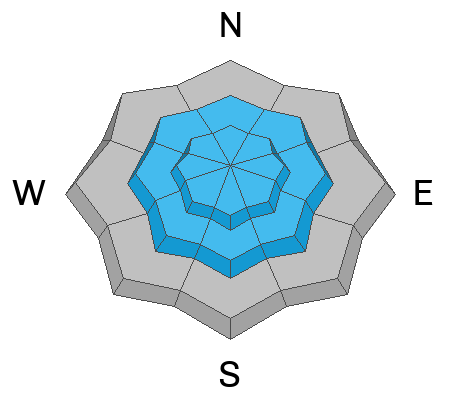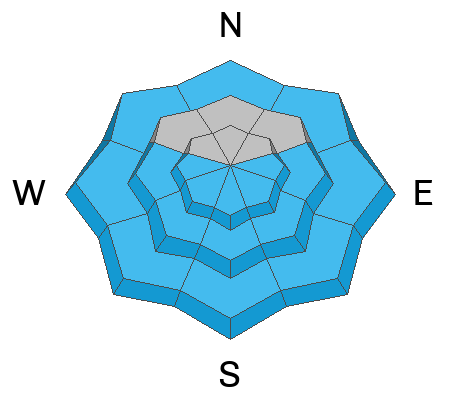Forecast for the Ogden Area Mountains

Issued by Drew Hardesty on
Tuesday morning, March 28, 2023
Tuesday morning, March 28, 2023
Areas of CONSIDERABLE avalanche danger exist on steep wind drifted slopes. This danger will be most pronounced on upper elevation northwest to east to southeast facing terrain. A MODERATE danger exists for triggering soft slab avalanches 1-2' deep on all other aspects and elevations. More sluffing can also be expected in the new snow in steep terrain. Lastly, natural cornice fall and roof-alanches are likely today.
Pay close attention to the sun and warming temperatures. The wet avalanche danger may rapidly increase today on all solar aspects and even low elevation northerly slopes.

Low
Moderate
Considerable
High
Extreme
Learn how to read the forecast here






